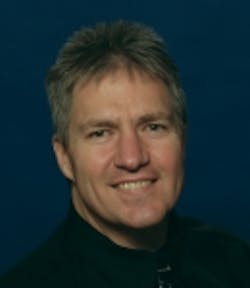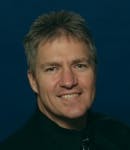The story of Nikola Tesla — Waverunner — Part 3
It was agreed that Tesla would obtain the patents for ac motors and related gear, and then sell them to Westinghouse, who would commercialize the technology. Tesla was granted several key patents in May of 1888, and sold them to the Westinghouse Electric Co. for $5,000 in cash and 150 shares of stock valued at $55,000. The deal also gave Tesla $2.50 for every horsepower of electricity Westinghouse sold.
With a steady income to support his work, Tesla began experimenting with various forms of ac power, namely high-frequency fields and waves.
One of his biggest discoveries came in November of 1890 when he illuminated a vacuum tube inductively using energy transmitted through the air.
This became Tesla's lifelong ambition: The wireless transmission of electromagnetic waves.
Though Tesla invented radio before Marconi, he was denied patent rights as well as due credit. But Tesla wasn't content with merely sending voice signals, anyway. He wanted to transmit usable energy over high-frequency waves, sending power wirelessly to everyone in the world. To that end, many of Tesla's inventions centered on generating and transmitting large voltage potentials. One of his bigger breakthroughs came in 1891 when he developed a new type of induction coil that supported several hundred thousand volts. Tesla coils, as they came to be called, have found use in many applications, including radios, televisions, and electronic equipment.
As Tesla busily pursued his high-frequency work, he continued to partner with Westinghouse and, in 1893, the two demonstrated the practicality of ac power by lighting up the World's Fair in Chicago. This was the turning point for alternating current. The success of the high-profile event convinced many that ac was the future, and it helped Westinghouse land a contract to build an ac generating station on Niagara Falls.
For Tesla, the Niagara project was literally a dream come true. Yet it did not stop him from pursuing other interests. As he guided the construction of the colossal generator, he continued experimenting with fields and waves.
In 1894, Tesla gained publicity by generating artificial lightning in the form of 16-foot electrical bolts. He also displayed something he called shadowgraphs (X-ray images taken prior to Wilhelm Roentgen's discovery), and a new type of fluorescent lighting. At fairs and other gatherings, Tesla entertained crowds with glass tubes he'd molded to spell famous scientists' names. When charged, the neon-filled tubes glowed with pleasing color.
I imagine this was one of the more satisfying times of Tesla's life. He had achieved acceptance and success, and was free to explore high-frequency phenomena to his heart's content.
His enjoyment was cut short, however, when his lab burned to the ground in the spring of 1895. With no insurance, he lost everything; his machinery, his instruments, and his work.
About the Author
Larry Berardinis
For more than two decades, Lawrence (Larry) Berardinis served on Machine Design and Motion System Design magazines as an editor and later as an associate publisher and new-business development manager. He's a member of Eta Kappa Nu, and holds an M.S. in Solid State Electronics. Today, he is the Senior Manager of Content Programs at ASM International, formerly known as the American Society for Metals.

